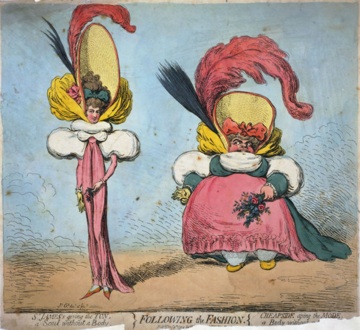
Working in contemporary art is like being part of a huge extended family of annoying extroverts. “Yes…I’m related to them,” you end up having to explain, as they pull another embarrassing stunt, “but they’re not all like that, honest.” This all became perilously clear this week, when watching the BBC documentary The Great Contemporary Art Bubble, presented by Evening Standard art critic Ben Lewis (trailer here). Right from the start, banks of scrolling digits and sharky cellos made the filmmaker’s intentions pretty clear. Digital displays, racking up vertiginously, reflected in the standard-issue contemporary art black-framed specs of the presenter. “Oh no,” I thought. It became uncannily similar to many people’s childhood experiences of watching TV with their parents: either hiding in terror behind the sofa, begging the monster to go away (Dr Who/Damien Hirst) or, mortified, wishing the ground would open up and swallow you (any Roger Moore Bond film sex scene/any contemporary art consultant). And the film is full of horrors. A Sotheby’s dealer describes contemporary art as “the lifestyle choice of our generation…fit[ting] into the spaces we now inhabit—these large, 21st-century lofts in Manhattan.” Yowch! A contemporary art consultant says that the rich “want to collect these iconic trophy objects…they want these things and they want them now.” Oof! An oleaginous auctioneer coaxes a higher bid out of a buyer, smarming, “that’s exactly the bid I was looking for.” Yikes! And everyone, everyone, refers to Damien Hirst by his first name! Like, zoiks, Scoob! HIDE!
The truth is that it’s all too easy to make fun of/find horrifying the upper eschelons of the contemporary art market, because no one is under any pretense that they’re in it for any other reason that the accumulation of status and/or capital. They don’t say that, of course. They all talk about how “passionate” they are about the art they buy, but it’s in the same way that catering companies bill themselves as “passionate about service” or taxidermists as “passionate about stuffing.” How can so many people be simultaneously passionate about a shortlist of about ten artists? Can everyone really be that into Richard Prince and Murakami? Sure enough, when asked to explain why he likes a big Prince painting, a collector says he likes the “lightness of it, and the coloration, and the forms…look at this. Look how great this is.” Even the presenter has a hard time explaining why he dislikes a Gavin Turk which pays snarky tribute to Warhol: “too close to other artists’ work.” Which is kind of like saying an impression of George W. Bush is “too accurate.”
Lewis is probably the right guy to make an expose of the workings of the contemporary art market: he looks the part (the specs, the trilby, the stubble) and has the affable curiosity of the outsider, if overfond of the faux-naive question (he’s an art journalist, so presumably it isn’t all news to him). He makes great play of his being refused access to interview some of the big cheeses in the art world, like the Tate’s Sir Nicholas Serota, and not being allowed into the big Damien Hirst Sotheby’s sale, which gives him a certain amount of outsiderish credibility, although I imagine it’s not quite as Stalinist as the voice of the snippy RSC actress, who he got to read the rejection letter, makes it sound. I’m also not completely sure that the process he describes—that astronomical sales create a media buzz, which makes people want to see the art, which obliges publically-funded institutions to buy and display it—really rings true. Works by artists like Hirst are, in fact, usually impossibly expensive for public institutions anyway, and are only usually shown on long-term loan, or are donated by benevolent collectors such as Anthony d’Offay, one of whose “Artists’ Rooms” is on display at Tate Modern at present. So the danger is nebulous at best, and it may be that the interest is more prurient than the chugging soundtrack and doomy graphics suggest. “Don’t you just love seeing where collectors live?” beams an excited Lewis at one point, and of course we do. His Cribs-style wanderings through collectors’ houses is hilarious and absurd and crying out for a spin-off (“this right here is a Damien Hirst spot painting…I never even looked at it”).
The problem is (and this is the really embarrassing thing, when it all comes down to it) that no one—neither presenter nor interviewee—wants to talk about art. Works by Koons, Prince, and Hirst (and yes, they’re almost always male and almost always white) are preemptively and anachronistically described as “masterpieces”—anachronistic in the sense that the market can, and does, work against the historical meaning of the work, imposing old master values onto contemporary art like dressing a contemporary teenager in a periwig and breeches. (Surely the whole notion of materpieces is so, like, 1560s?). What you’re left with is an enlightened “so what?” Yes, he’s my uncle, yes, he keeps pet newts and wears a silver eye-patch, and yes, I’m related to him. Adopt me now.




Pingback: Wednesday Clips 5/27/09 : Bad at Sports